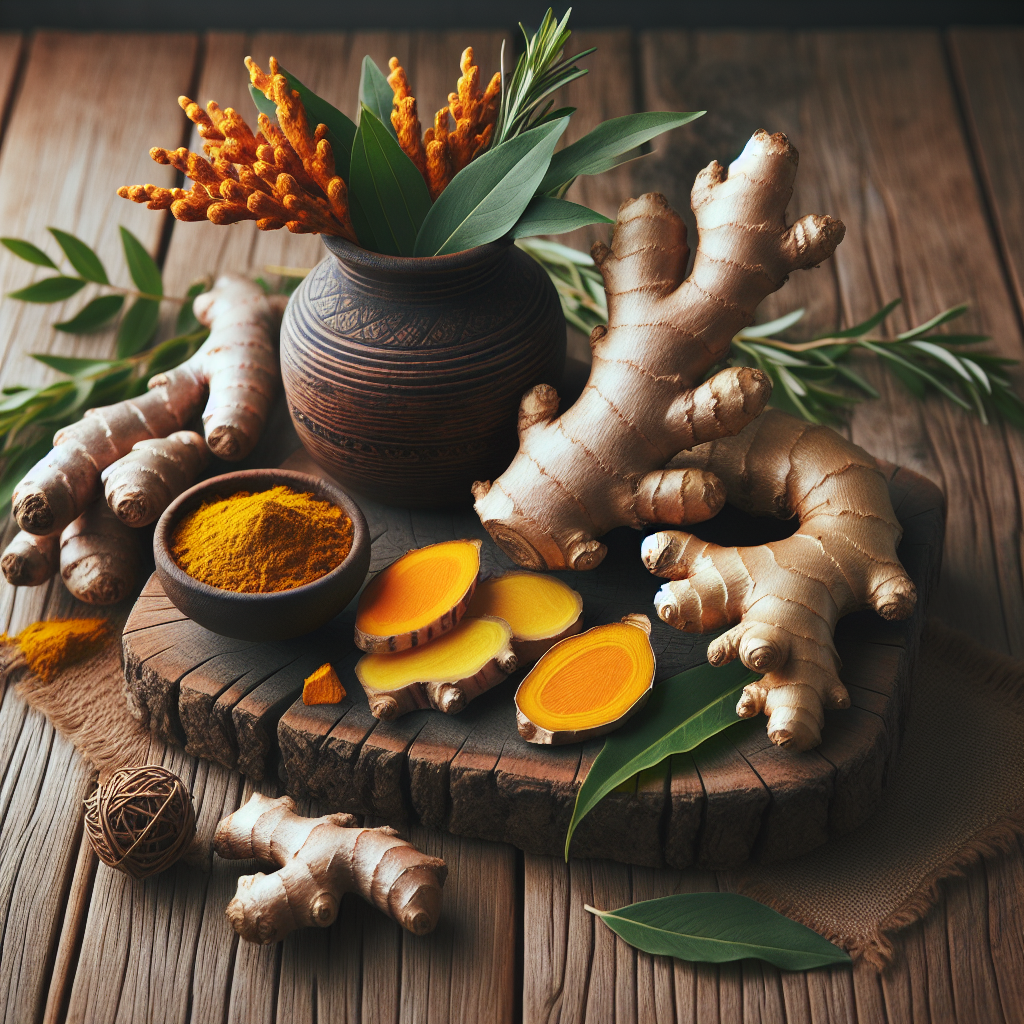Powerful Organic Herbs for Natural Pain Relief
For centuries, cultures around the world have relied on nature’s pharmacy to manage pain and inflammation. Today, scientific research confirms what traditional healers have long known—certain herbs contain potent compounds that rival synthetic pain medications without the harsh side effects. These organic solutions offer a gentle yet effective approach to managing chronic pain, arthritis, headaches, and muscle discomfort.
Turmeric: The Golden Anti-Inflammatory
Turmeric’s vibrant golden color comes from curcumin, its active compound with remarkable anti-inflammatory properties. Studies show curcumin may be as effective as ibuprofen for osteoarthritis pain while being gentler on the stomach. This ancient Ayurvedic remedy:
For optimal absorption, combine turmeric with black pepper (which contains piperine) and consume with healthy fats. Try adding freshly grated turmeric root to warm milk or smoothies, or take standardized curcumin supplements.
Ginger: Nature’s Painkiller
Ginger contains gingerols and shogaols—compounds that inhibit inflammatory prostaglandins similarly to NSAID medications. Research demonstrates ginger’s effectiveness for:
Fresh ginger tea made by steeping sliced root in hot water provides immediate relief for many. For chronic conditions, daily supplementation with standardized ginger extract may be more effective.
Willow Bark: The Original Aspirin
Long before synthetic aspirin existed, healers used willow bark to relieve pain and fever. It contains salicin, which the body converts to salicylic acid—the active ingredient in aspirin. Modern studies confirm willow bark’s benefits for:
Unlike pharmaceutical NSAIDs, willow bark appears gentler on the stomach. Typical doses range from 120-240 mg of standardized extract daily.
Supporting Herbs for Comprehensive Pain Relief
Boswellia: Joint Pain Specialist
Also known as Indian frankincense, boswellia contains boswellic acids that target inflammation at its source. This resin works particularly well for:
Look for standardized extracts containing at least 60% boswellic acids, and combine with turmeric for enhanced effects.
Devil’s Claw: Back Pain Relief
This African herb contains harpagosides that reduce inflammation and block pain signals. Clinical trials show effectiveness for:
Standardized extracts typically provide 50-100 mg harpagosides daily. Those with gastric ulcers should use caution.
Capsaicin: Topical Pain Blocker
Derived from chili peppers, capsaicin cream works by depleting substance P—a neurotransmitter that carries pain signals. It’s particularly effective for:
Apply pea-sized amounts to affected areas 3-4 times daily. Initial burning sensation typically subsides with regular use.
How to Use Herbal Pain Relievers Safely
While generally safer than pharmaceuticals, herbal remedies require proper use:
For chronic conditions, allow 4-6 weeks to assess full effects. Many people find combining several herbs provides synergistic benefits—for example, turmeric with ginger and boswellia for arthritis pain.
The Future of Herbal Pain Management
As researchers continue investigating plant compounds, we’re rediscovering ancient wisdom through modern science. Pharmaceutical companies now study these herbs to develop new pain medications, but the whole-plant formulations often work better than isolated compounds due to the “entourage effect” of multiple active components working together.
By incorporating these organic herbs into your wellness routine, you can reduce dependence on synthetic drugs while addressing the root causes of pain rather than just masking symptoms. Nature provides powerful solutions—we need only to use them wisely.
